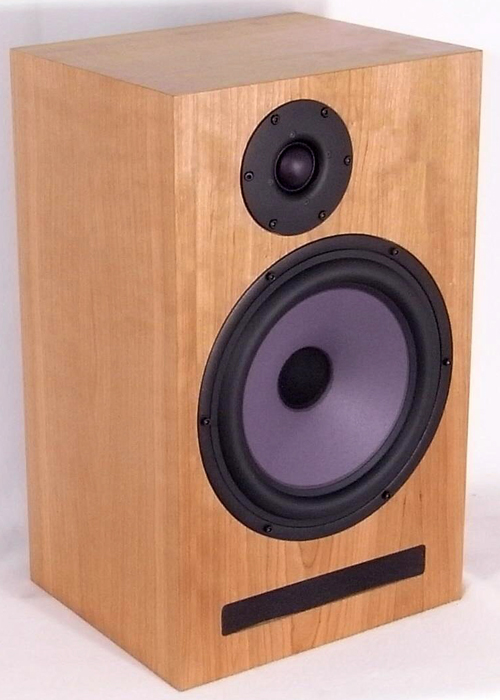Hey guys, I've seen a lot of good DIY projects on this forum and would like to build some bookshelf speakers that have nice mid-bass in a large open room (pic attached).
I have a good woodworking background and used to be big into car audio 15+ yrs ago, but have never done in-home DIY speaker builds.
One of the reasons for wanting to do a DIY project for this is to have the possibility to make a wider speaker with more and/or larger drivers. Possibly make a floor-standing speaker fit on the bookshelf since there is no good place for it on the ground. I suppose I could just double up on some decent bookshelf speakers, but I enjoy these types of projects and the results that come with them.
I'd like to either build or buy a center channel to go with it as well, but we have a dedicated theater room, so this would mainly be used for music.
I prefer a warm sound and don't need to win and soundQ contests with this project. I'd just like to build a decent sounding speaker without any major gaps in the sound that can be turned up when needed during a party and such and still sound good.
Budget: I'd like to stay under $300/speaker (not counting enclosure), which looks like it should be very feasible to accomplish my goals based on some of the other projects I've seen prices on. If someone comes up with a really good idea exceeding that budget, I'm not set in stone on it and will certainly consider entertaining the idea.
Thanks for the help!

I have a good woodworking background and used to be big into car audio 15+ yrs ago, but have never done in-home DIY speaker builds.
One of the reasons for wanting to do a DIY project for this is to have the possibility to make a wider speaker with more and/or larger drivers. Possibly make a floor-standing speaker fit on the bookshelf since there is no good place for it on the ground. I suppose I could just double up on some decent bookshelf speakers, but I enjoy these types of projects and the results that come with them.
I'd like to either build or buy a center channel to go with it as well, but we have a dedicated theater room, so this would mainly be used for music.
I prefer a warm sound and don't need to win and soundQ contests with this project. I'd just like to build a decent sounding speaker without any major gaps in the sound that can be turned up when needed during a party and such and still sound good.
Budget: I'd like to stay under $300/speaker (not counting enclosure), which looks like it should be very feasible to accomplish my goals based on some of the other projects I've seen prices on. If someone comes up with a really good idea exceeding that budget, I'm not set in stone on it and will certainly consider entertaining the idea.
Thanks for the help!



Comment